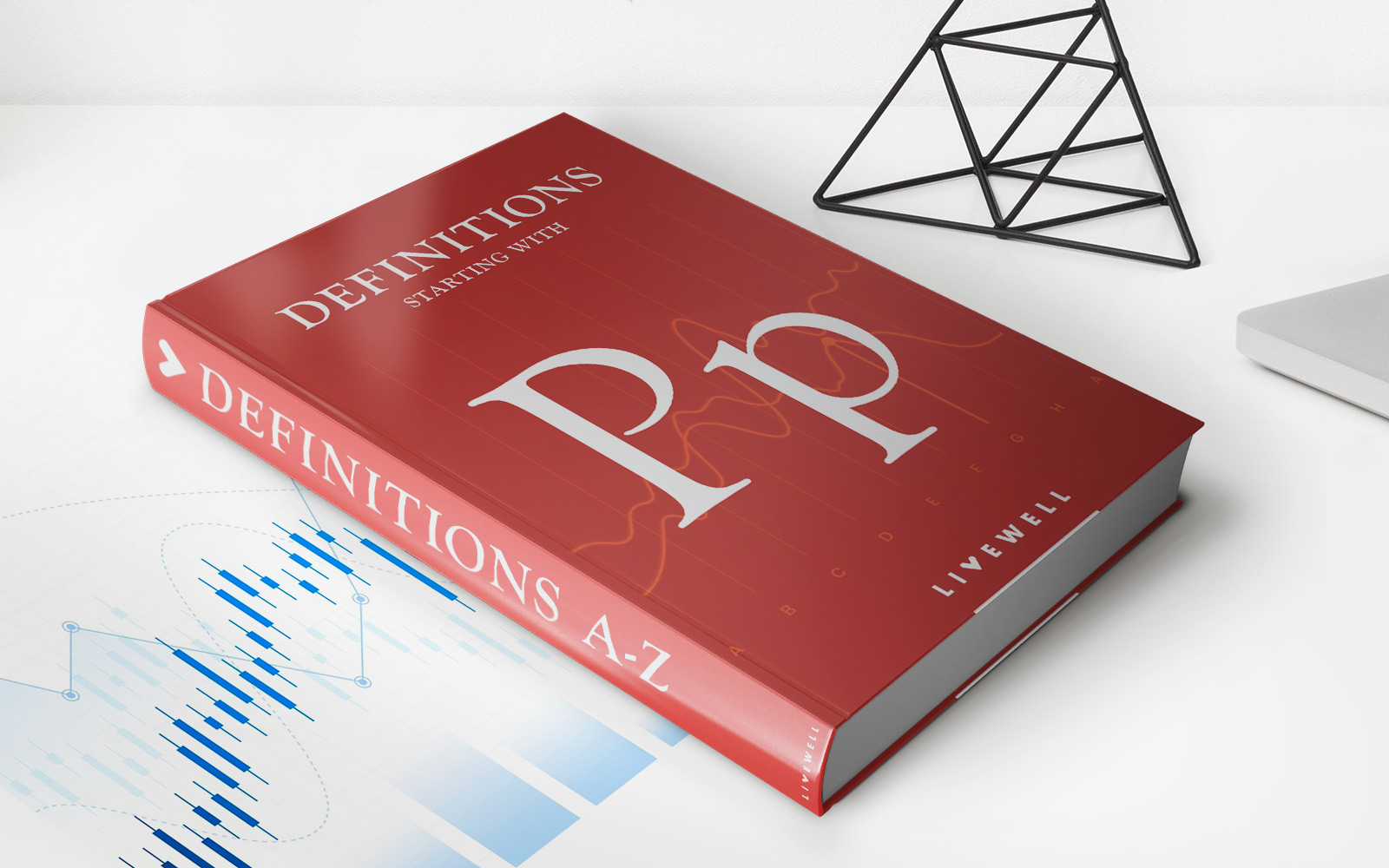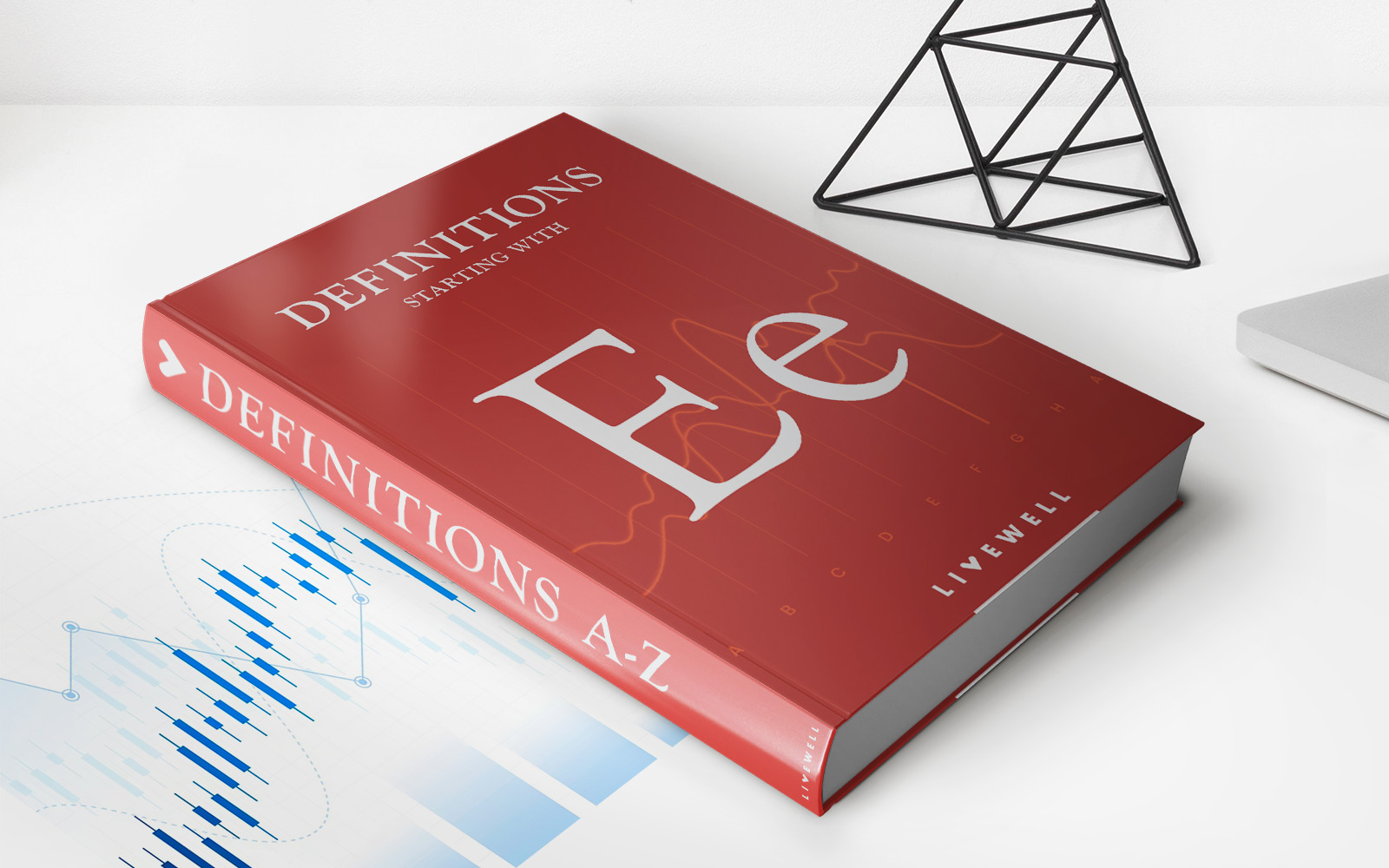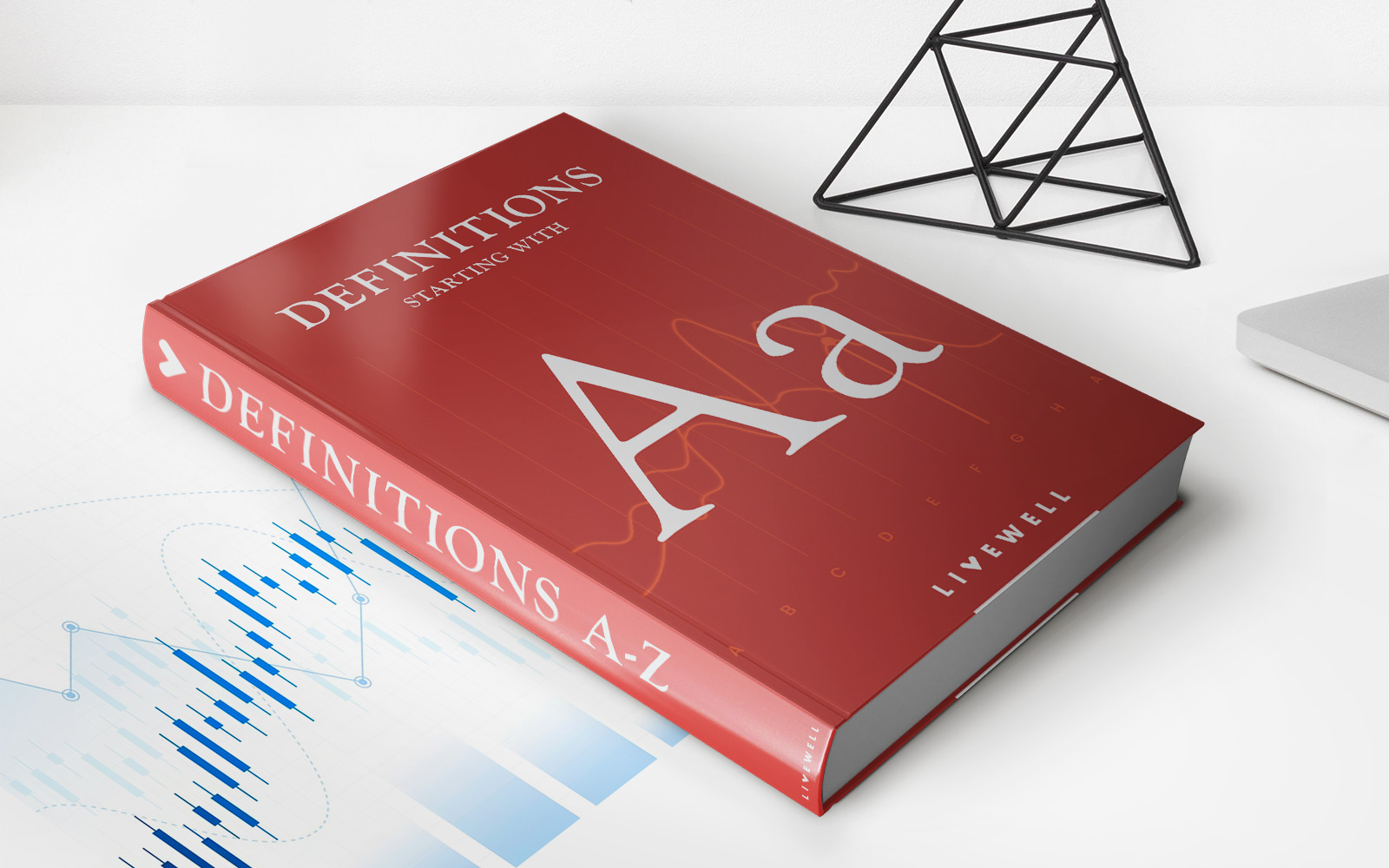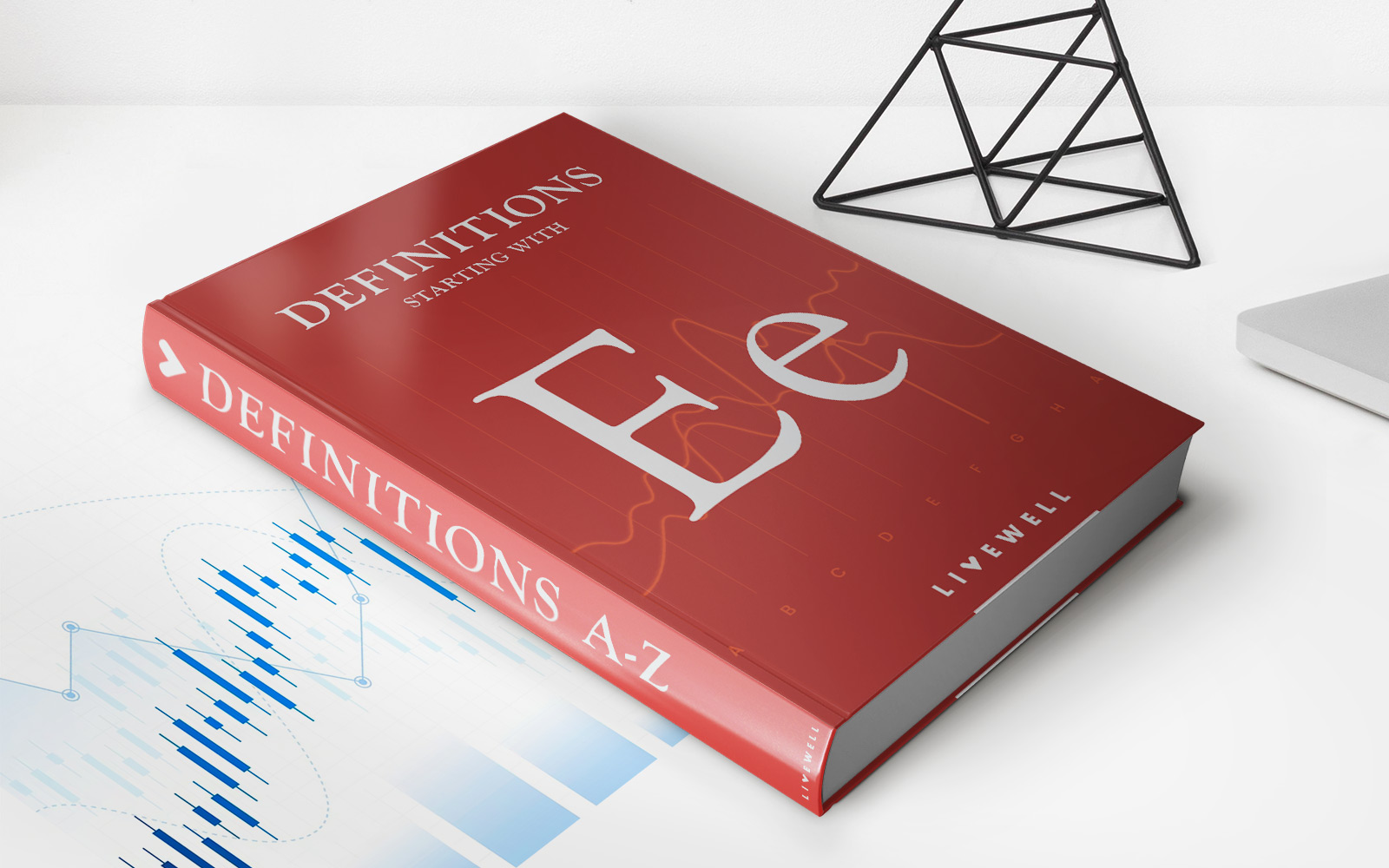Home>Finance>Combined Ratio: Definition, What It Measures, Formula, Examples


Finance
Combined Ratio: Definition, What It Measures, Formula, Examples
Published: October 29, 2023
Learn the definition, formula, and examples of the combined ratio in finance. Understand what it measures and its significance to financial analysis.
(Many of the links in this article redirect to a specific reviewed product. Your purchase of these products through affiliate links helps to generate commission for LiveWell, at no extra cost. Learn more)
Combined Ratio: Definition, What It Measures, Formula, Examples
Welcome to our FINANCE category where we explore various aspects of the financial world. In this article, we will dive into the concept of combined ratio, an important metric used in the insurance industry to assess the overall profitability of an insurance company. So, let’s understand what combined ratio is, what it measures, how it is calculated, and look at some examples.
Key Takeaways:
- Combined ratio is a measure used by insurance companies to evaluate their underwriting performance and profitability.
- A combined ratio below 100% indicates that an insurance company is making an underwriting profit, while a ratio above 100% means it is experiencing an underwriting loss.
What is the Combined Ratio?
The combined ratio is a financial metric used by insurance companies to evaluate the profitability of their underwriting activities. It measures the relationship between the company’s incurred losses and expenses to its earned premiums. Essentially, it helps insurers understand whether they are collecting enough premiums to cover the costs associated with providing insurance coverage and generating a profit.
In simpler terms, the combined ratio tells us how much an insurance company is spending on claims and operating costs, relative to the amount of money it is receiving in premiums.
How is the Combined Ratio Calculated?
The formula to calculate the combined ratio is:
Combined Ratio = (Incurred Losses + Operating Expenses) / Earned Premiums
- Incurred Losses represent the total amount the insurance company pays out in claims.
- Operating Expenses refer to the costs associated with running the company, such as salaries, rent, utilities, and marketing expenses.
- Earned Premiums indicate the premiums collected by the insurance company during a specific period.
By dividing the incurred losses and operating expenses by the earned premiums and multiplying the result by 100, insurance companies can determine their combined ratio as a percentage.
What does the Combined Ratio Measure?
The combined ratio provides valuable insights into an insurance company’s underwriting performance. It tells us how effectively the insurer is pricing their policies and managing claims and expenses. It is essentially a measure of the company’s operating efficiency and overall profitability.
A combined ratio below 100% indicates that the insurance company is making an underwriting profit. This means that it is collecting more in premiums than it is paying out in claims and operating expenses. On the other hand, a ratio above 100% suggests that the company is experiencing an underwriting loss, as it is paying out more than it is receiving in premiums.
Examples of Combined Ratio
Let’s look at a couple of examples to better understand how the combined ratio works:
- An insurance company calculates that its incurred losses and operating expenses amount to $80 million, while its earned premiums total $100 million. Using the formula mentioned above, the combined ratio would be:
- Another insurance company determines that its incurred losses and operating expenses amount to $60 million, whereas its earned premiums total $80 million. The combined ratio would be:
Combined Ratio = ($80 million + $80 million) / $100 million = 160%
This indicates that the company is experiencing an underwriting loss, as its combined ratio exceeds 100%.
Combined Ratio = ($60 million + $60 million) / $80 million = 150%
In this case, the company is also experiencing an underwriting loss, but its combined ratio is lower compared to the previous example.
In Conclusion
The combined ratio is a critical metric in the insurance industry as it helps companies evaluate their underwriting performance and profitability. By understanding the concept of combined ratio, its calculation, and how it measures an insurance company’s financial health, you can make more informed decisions when it comes to investing or purchasing insurance policies.














